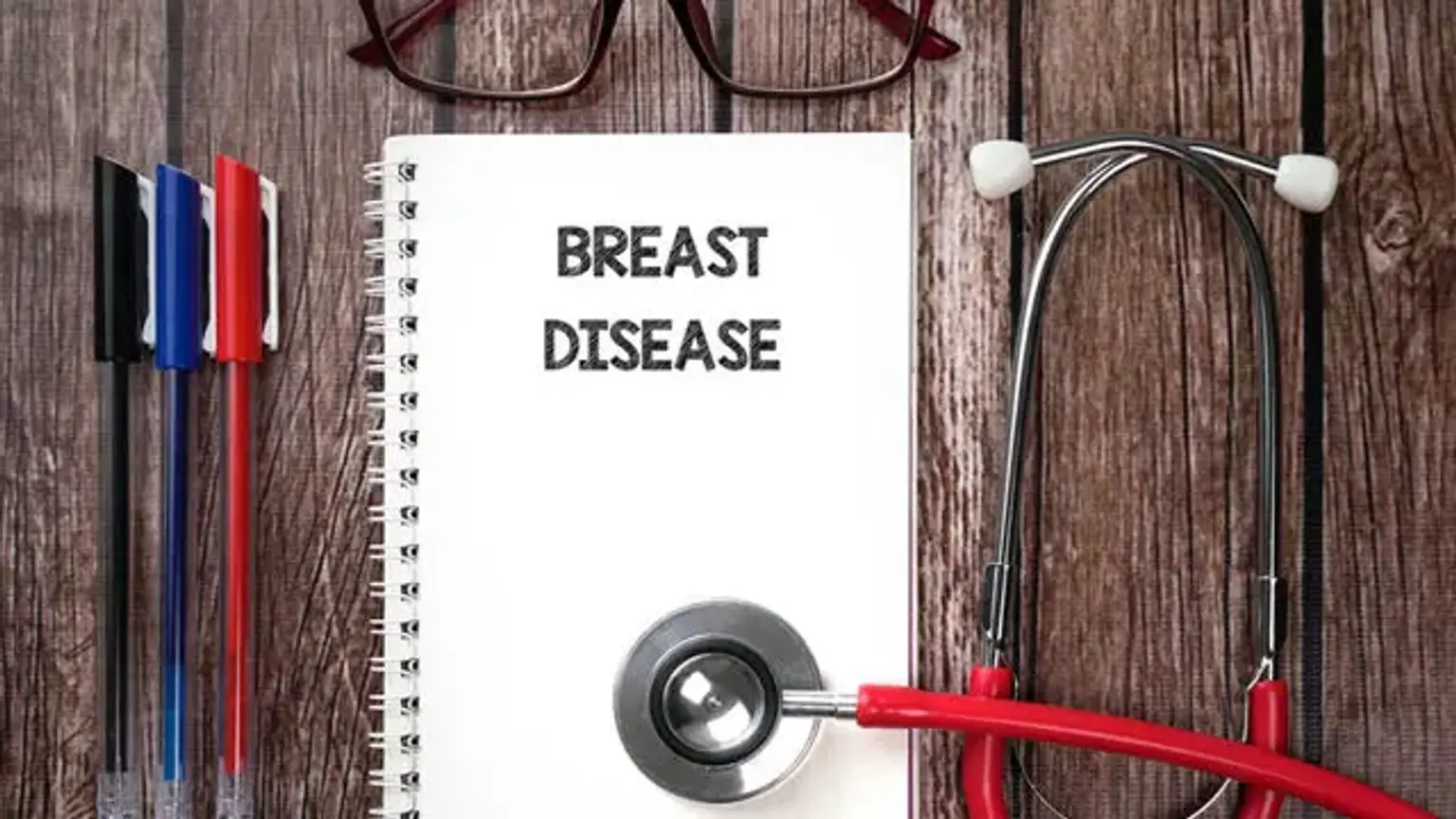Benign Breast Disease
Overview
Benign breast illness encompasses all nonmalignant breast disorders, such as benign tumors, trauma, mastalgia, mastitis, and nipple discharge. Through the careful utilization of existing diagnostic tests and multidisciplinary teamwork, benign breast alterations can be conclusively separated from malignant tumors.
